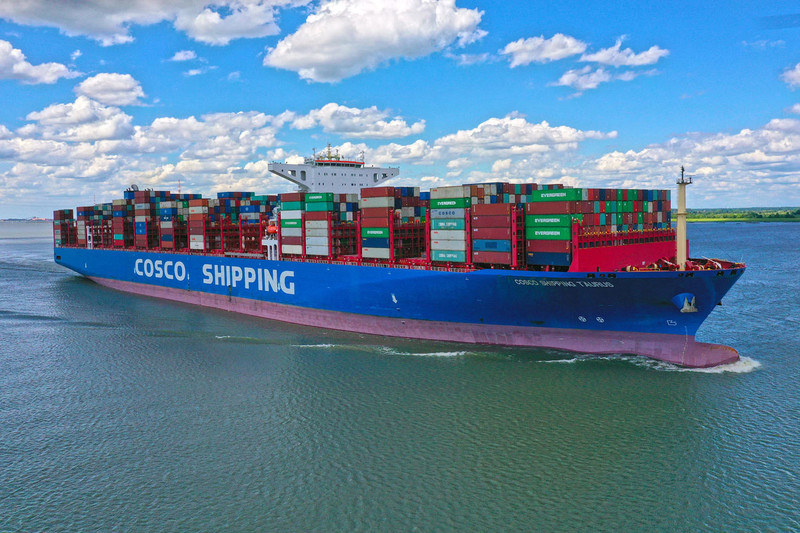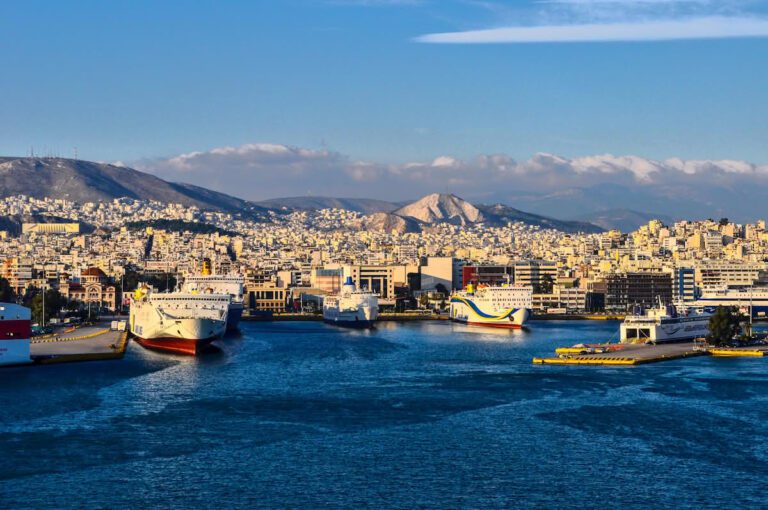
While Greece and Sri Lanka are far apart, both countries sit on the ‘Maritime Silk Road’ of China’s signature Belt and Road Initiative (BRI). Both countries have seen growing Chinese presence, particularly with regard to their sea port facilities. This raises several intriguing questions: What comparisons can we draw between the two countries? And are there any lessons to be learnt from this comparison?
In the Greek case, the country’s biggest sea port of Piraeus is in the hands of the China Ocean Shipping Company (COSCO). The Colombo Port City is the single biggest foreign direct investment in Sri Lanka to date, carried out by the China Harbour Engineering Corporation (CHEC). In Hambantota, the Sri Lankan government has agreed to transfer- temporarily at least- a controlling equity stake to China in what is a very complicated legal arrangement. Both countries have had to relinquish control of strategically important assets because of their quest for foreign investment, and a high degree of vulnerability.
There are three key takeaways from conducting a comparative analysis:
1. To a large extent, the fiscal problems encountered by Greece and Sri Lanka are of their own making. In the former case, the handover of the Piraeus port is attributable to a combination of two factors.
First, Greece’s vulnerability was brought about by its soaring public debt over a long period of time, largely due to a generous social welfare system, costly state machinery, low productivity and inadequate tax collection. Second, as a result, Greece found itself in a tight spot and faced the necessity to sell off state assets at a time Beijing was systematically targeting critical transport infrastructure in its drive towards Europe.
Sri Lanka has seen a debate on whether there is an insidious Chinese debt-trap strategy or the country’s indebtedness can be attributed to a global trend in the wake of the 2008 crisis. Colombo’s predicament should not be blamed exclusively on China’s loans for at least one more reason. It is true that consecutive governments have focused on infrastructure projects as growth drivers through foreign debt, thus contributing significantly to the country’s vulnerability. Infrastructure development, much as it is needed, may come at a cost to national sovereignty and independence.
2. One needs to read into the rationale behind China’s long-term objectives, including the emblematic BRI megaproject.
Clearly, Beijing’s goals are not confined to the national boundaries of host countries – in fact, they are regional, if not global. Both Greece and Sri Lanka have strategically important locations on the world map and are viewed by Beijing as gateways to much larger markets. Not only does Sri Lanka sit on the main sea route between East Asia, Africa and Europe, but it could also boost China’s economic penetration into the vast market of South Asia.
In the case of Greece, the rationale behind the decision of COSCO to invest in Piraeus clearly relates to the attainment of two important goals. First, the construction of a cross-border transport corridor from the Mediterranean to Central Europe. Secondly, the presence of COSCO and other Chinese companies in Greece facilitates access to the eastern and southern shores of the Mediterranean.
3. Both Greece and Sri Lanka are in need of well-thought-out strategies aiming to ensure the best possible terms of deals with China.
Beijing’s persistent ‘win-win’ rhetoric may have to be questioned on a number of occasions, as has become evident in other parts of South and Southeast Asia. Thus, China-financed projects in Malaysia worth up to USD 20 billion are being reviewed. There are many indications that Pakistan, host to the China-Pakistan Economic Corridor (CPEC), is falling into a ‘debt-trap.’ In Myanmar, fears of insolvency have brought the construction cost of the China-financed deep water port of Kyaukpyu from the initial USD 7.3 billion price tag down to USD 1.3 billion. In Greece’s neighbourhood, too, Montenegro’s public debt has soared to 80% due to a Chinese loan for a controversial highway construction project.
Of course, analogies between Greece and Sri Lanka cannot be overstated, as there are obvious and substantive differences between them. Despite the above similarities, the two countries belong to very different regions and face very different challenges. For instance, Greece is a member of well-structured economic and military blocs, such as the European Union (EU), the Eurozone and the North Atlantic Treaty Organization (NATO), which are powerful providers of security.Sri Lanka, in turn, belongs to much looser organisations such as the South Asian Association for Regional Cooperation (SAARC) and the Commonwealth. Both countries are in need of allies in dealing with the ever-growing presence of China in a meaningful way, by making the most of opportunities and minimising related risks.
The article was originally published by The Lakshman Kadirgamar Institute.
Written by
Plamen Tonchev
TonchevPlamenPlamen Tonchev is Head of Asia Unit at the Athens-based Institute of International Economic Relations and European China Policy Fellow at MERICS, Berlin.


